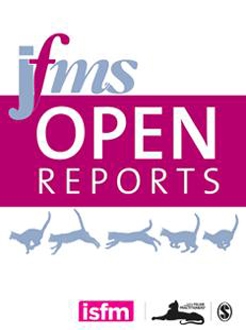Case Report (28)
Case Series (2)
Articles (1)

Neurolymphomatosis caused by T-cell lymphosarcoma in a cat: imaging description and treatment review
